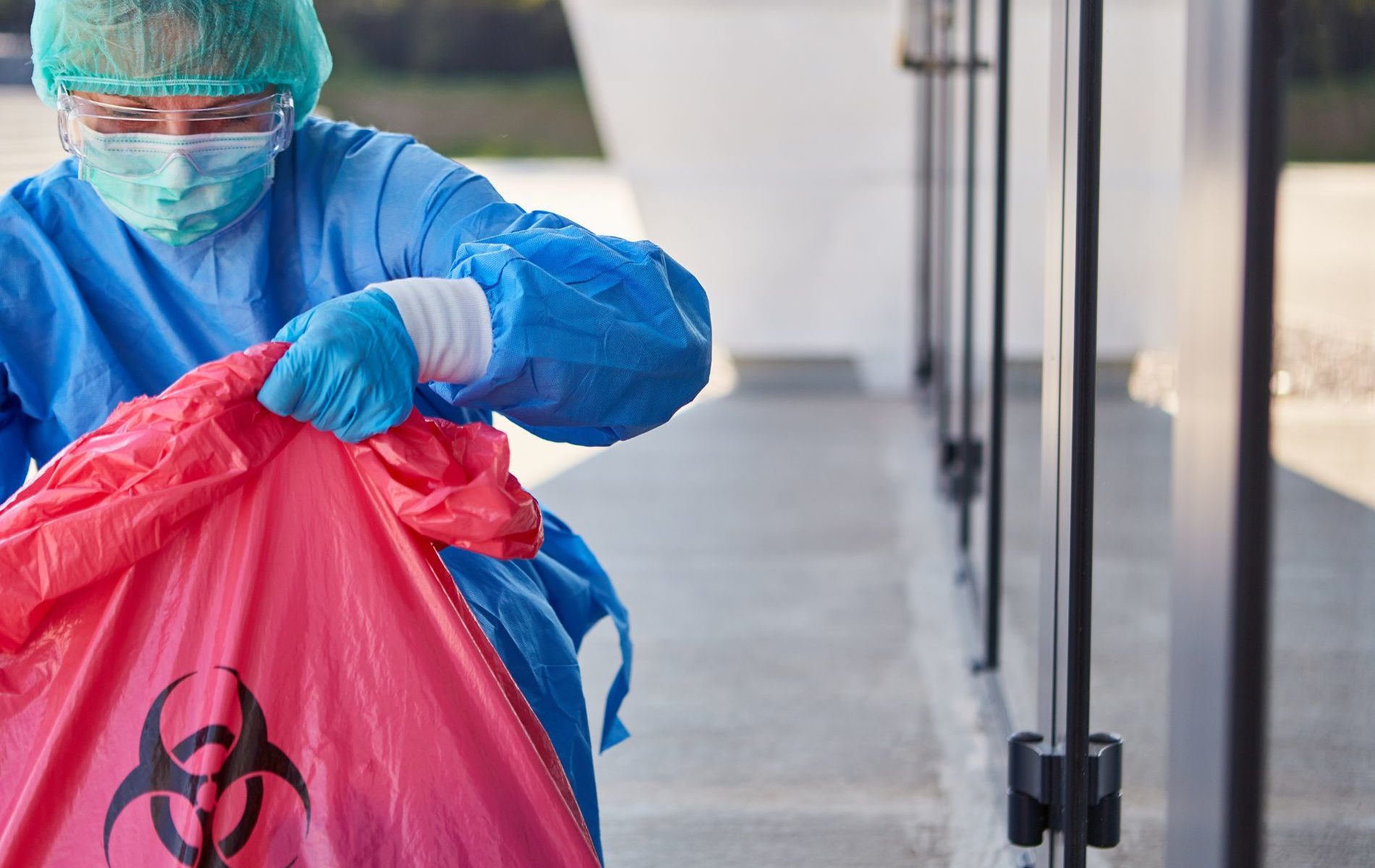About Reclaim Waste
Table of ContentsThe Best Strategy To Use For Reclaim WasteSome Ideas on Reclaim Waste You Need To KnowThe Ultimate Guide To Reclaim WasteThe Best Guide To Reclaim WasteReclaim Waste Can Be Fun For Everyone
Residential sewage waste refers to the waste and items from a household septic container. The proper management and disposal of domestic sewer waste need fluid waste to be transferred to a sewer treatment plant where the proper approaches and devices are used to purify and dispose of waste.
Industrial waste often includes potential threats, such as flammable products or a combination of fluid and solid waste products, and calls for a more sophisticated and in-depth disposal procedure. The disposal of industrial waste commonly entails the filtering of waste prior to transportation to guarantee safe and proper disposal. Hazardous waste is produced from results and runoff of commercial processes and manufacturing.
This kind of waste can not make use of the very same sewage administration transportation or processes as septic or commercial fluids. The hazardous waste monitoring procedure requires the assessment and screening of liquid waste before it undergoes the disposal procedure (liquid waste removal). Drainage waste is the liquid waste that originates from runoff and excess stormwater in very inhabited locations or cities
Overflow waste can create contamination and flooding if not managed properly. Making sure appropriate waste management can protect against catastrophes and minimize environmental harm.
The Best Guide To Reclaim Waste
Call PROS Solutions today to learn more about our waste administration and disposal solutions and the correct means to care for the fluid waste you generate.
Do you recognize what occurs to your water when you end, flush the bathroom or drain the cleaning device? No? Well, it's worth understanding. This so-called 'wastewater' is not only a crucial source however, after therapy, will be released to our land, rivers or the ocean. Used water from toilets, showers, baths, kitchen sinks, washings and industrial procedures is known as wastewater.

water utilized to cool machinery or clean plant and tools). Stormwater, a form of wastewater, is overflow that flows from agricultural and metropolitan areas such as roofs, parks, yards, roadways, paths and seamless gutters into stormwater drains pipes, after rainfall. Stormwater streams without treatment directly to local creeks or rivers, ultimately getting to the sea.
5 Easy Facts About Reclaim Waste Described
In Queensland, the majority of wastewater is dealt with at sewage therapy plants. Wastewater is carried from residential or industrial websites through a system of drains and pump terminals, understood as sewerage reticulation, to a sewage treatment plant.
The Department of Natural Resources recommends city governments about managing, operating and keeping sewerage systems and treatment plants. In unsewered locations, neighborhood governments might require householders to set up specific or house sewer therapy systems to treat domestic wastewater from bathrooms, kitchen areas, washrooms and laundries. The Department of Natural Resources authorises the usage of home systems when liquid waste disposal melbourne they are proven to be effective.
Most stormwater gets no treatment. In some brand-new neighborhoods, therapy of some stormwater to eliminate clutter, sand and crushed rock has begun utilizing gross pollutant catches. Wastewater treatment happens in four stages: Gets rid of strong issue. Bigger solids, such as plastics and other objects incorrectly released to sewage systems, are gotten rid of when wastewater is travelled through displays.
Uses little living microorganisms knows as micro-organisms to damage down and remove staying liquified wastes and fine fragments. Micro-organisms and wastes are incorporated in the sludge.
The Facts About Reclaim Waste Uncovered
Nutrient elimination is not readily available at all sewer treatment plants because it calls for costly specialised equipment. Clear liquid effluent generated after therapy might still include disease-causing micro-organisms - liquid waste removal.

This normally suggests wastewater needs to be treated or contaminants removed before it can be released to waterways. Many wastewater moves right into the sewerage system. Under the Act, city governments carry out approvals and licences for ecologically pertinent tasks (Periods) involving wastewater launches that may have a regional influence. The department administers authorizations and permits to Ages entailing wastewater releases that may have a local or statewide impact.
Unknown Facts About Reclaim Waste
Otherwise, samples are taken for research laboratory evaluation. Usually many tests are needed to develop the levels of each of the different pollutants such as oils, hefty steels and pesticides in water. Monitoring offers accurate information concerning water top quality and can confirm that licence problems are being satisfied. The information gotten with surveillance gives the basis for making water quality choices.
Comments on “Not known Facts About Reclaim Waste”